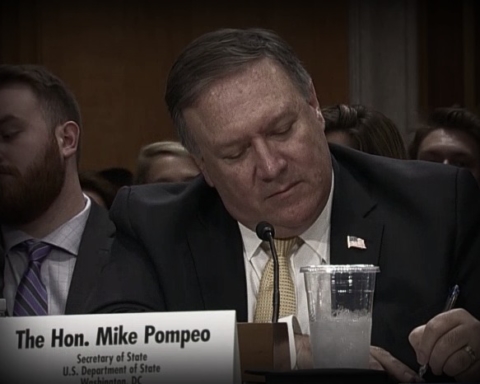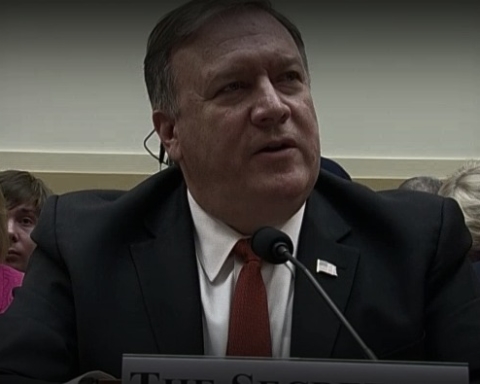A federal watchdog reported that regulators at the Environmental Protection Agency (EPA) aren’t bothering to collect enough information necessary to ensure that fracked wastewater isn’t poisoning people.
According to the Government Accountability Office (GAO), the EPA has shirked its responsibilities under the Safe Drinking Water Act to keep tabs on Underground Injection Control (UIC) programs, which work to ensure that wastewater associated with oil and gas production is properly injected into underground wells to prevent contamination of nearby areas.
“EPA has not collected inspection and enforcement information, or consistently conducted specific oversight activities, to assess whether state and EPA-managed programs are protecting underground sources of drinking water,” GAO stated in an audit released earlier this week. The investigation noted GAO has been reporting similar problems at the agency since 2014.
Forty states have their own UIC program, complying with regulations and safeguards deemed necessary by the EPA. They are, for example, required to prohibit unauthorized injections of waste into the ground. They also must ensure that authorized injections don’t contaminate drinking water sources. And they are compelled to carry out “inspection, monitoring, recordkeeping, and reporting” on injection well sites.
Ten other states rely on the EPA to maintain their UIC schemes.
The GAO found that the environmental agency is expected to conduct “vigorous” oversight of state programs, but doesn’t even require the production of well-specific data.
Without more granular information, the watchdog concluded, the EPA is unable to determine how often wells are being inspected, what types of inspections are taking place, and what determinations they are making.
During a review of 93 significant injection well violations between 2008 and 2013, the GAO found that state and EPA-managed programs failed to report data “completely or consistently,” preventing the agency from ensuring that states are carrying out proper enforcement actions against violators.
Although the EPA told the watchdog it didn’t have enough staff to conduct a full oversight regiment of the UIC programs, GAO responded by saying the EPA has failed to even conduct a “workforce analysis” to determine what resources it would need to do its job.
The ongoing natural gas boom in the US has rapidly increased the need for companies to construct injection wells. These vessels are used to dispose of chemical wastewater produced by the hydraulic fracturing process–“fracking,” in common vernacular. Fracking requires firing a mixture of sand, fluids, and chemicals deep into underground formations to extract gas and oil.
There are already well-document concerns over how the fracking process could lead to contamination of drinking water. Hydraulic fracturing was exempted from most Safe Drinking Water Act regulations due to legislation signed into law in 2005 by President George W. Bush. It became known as the “Halliburton Loophole.”
In its latest report, the GAO recommended that the EPA boost reporting requirements of enforcement actions taken against contaminators. The agency agreed with the suggestion.
The GAO also said EPA should collect well-specific data on inspections, and asked it to identify the resources needed to carry out its UIC oversight mission. The agency, however, objected to these recommendations.
A separate report released last week by the EPA’s Inspector General also knocked the agency for lax oversight, stating that it needs to do more to protect community water drinking systems serving more than 24 million people. In particular, the investigation revealed that three-quarters of local water systems found to be in serious violation of federal regulations by the EPA were still out of compliance with the law three years later.







